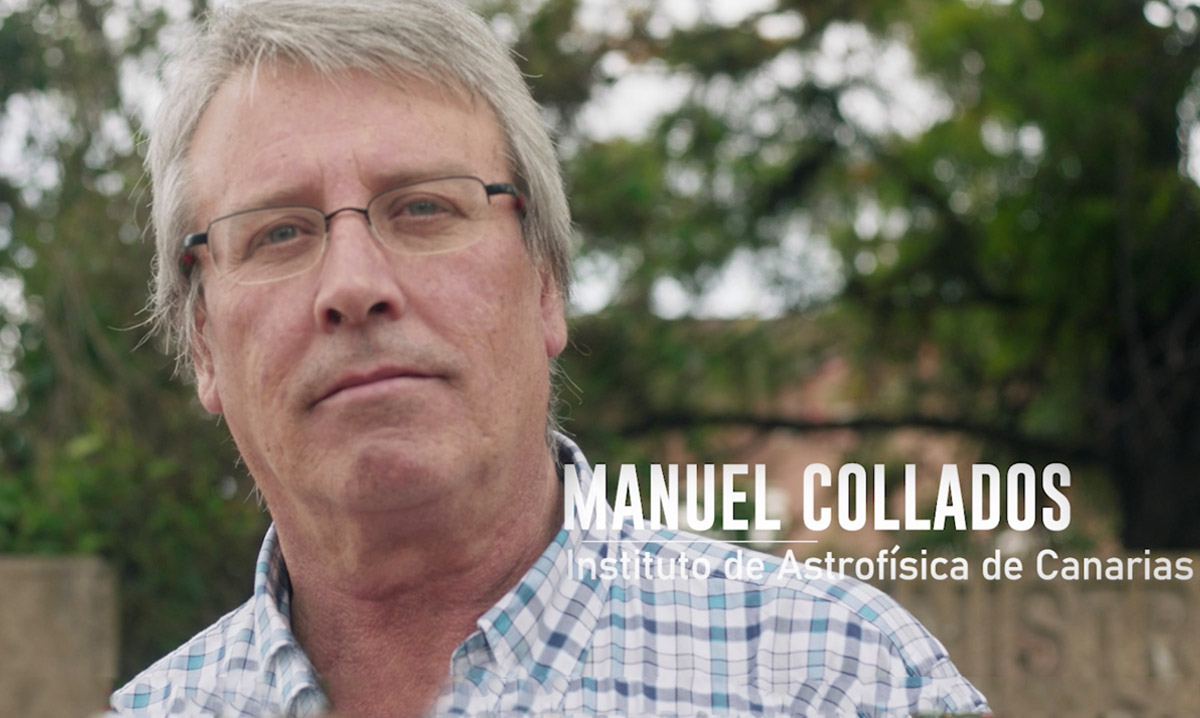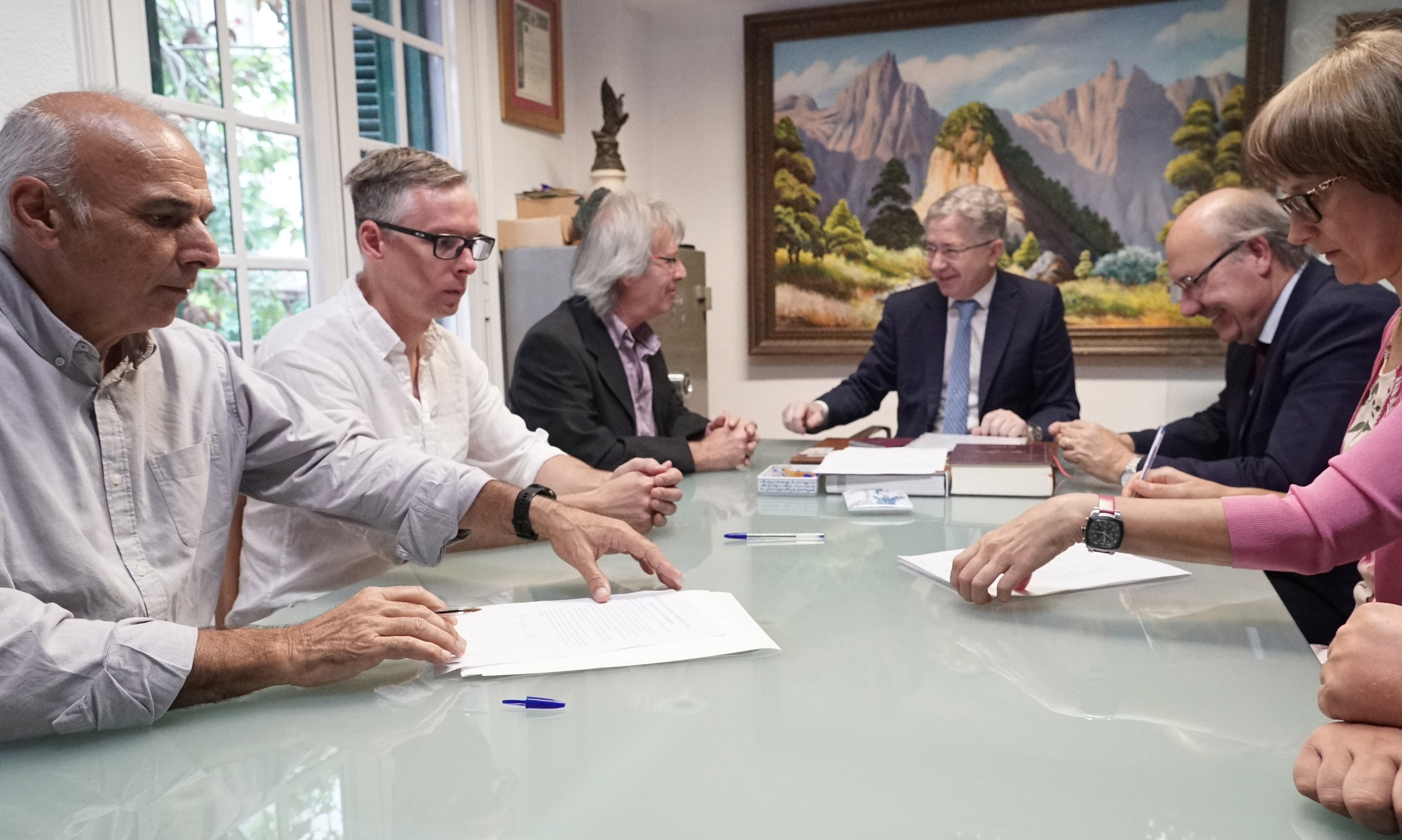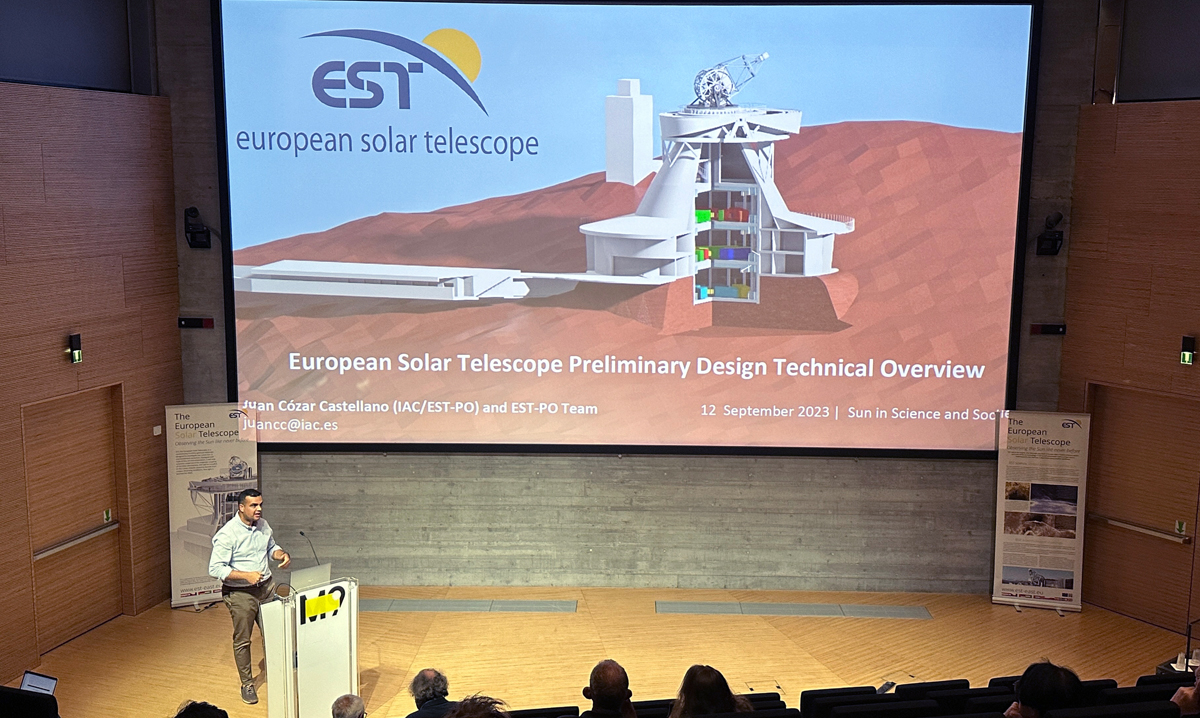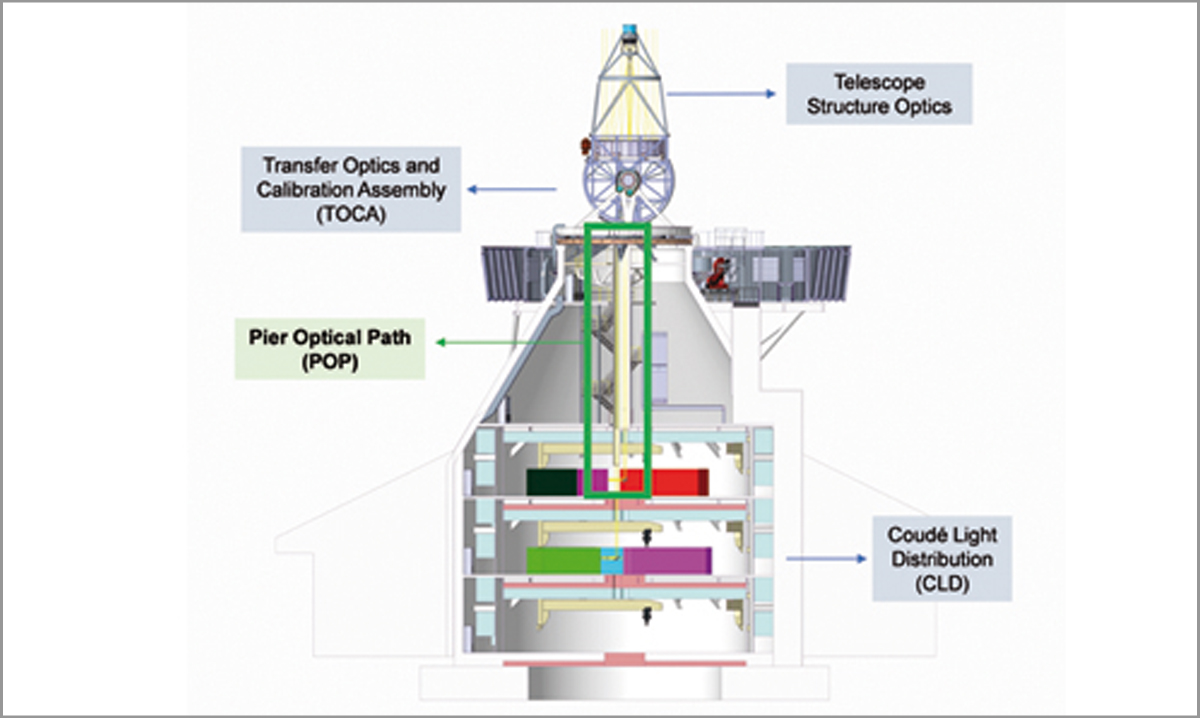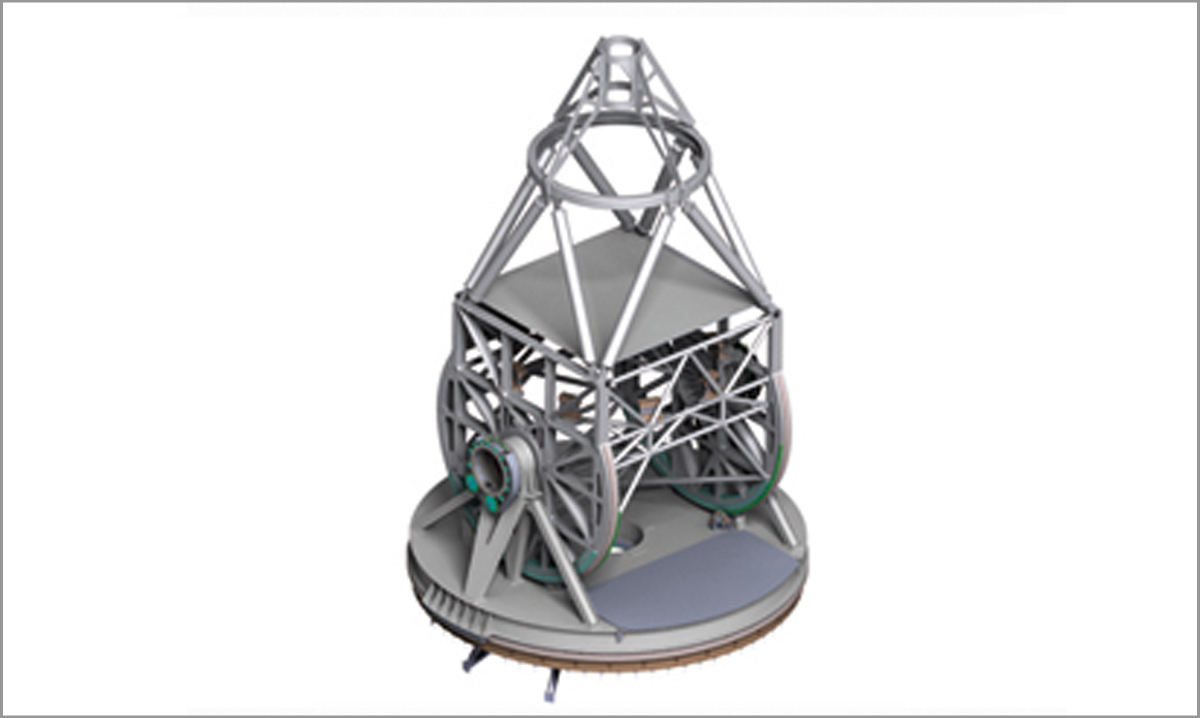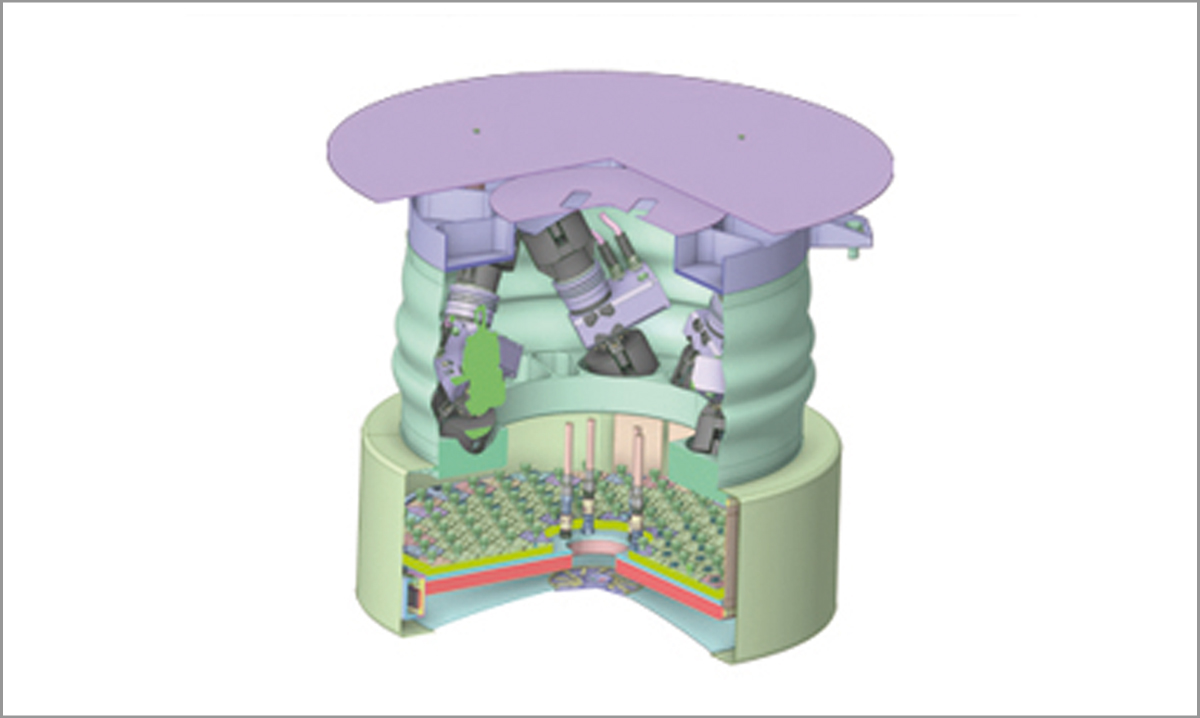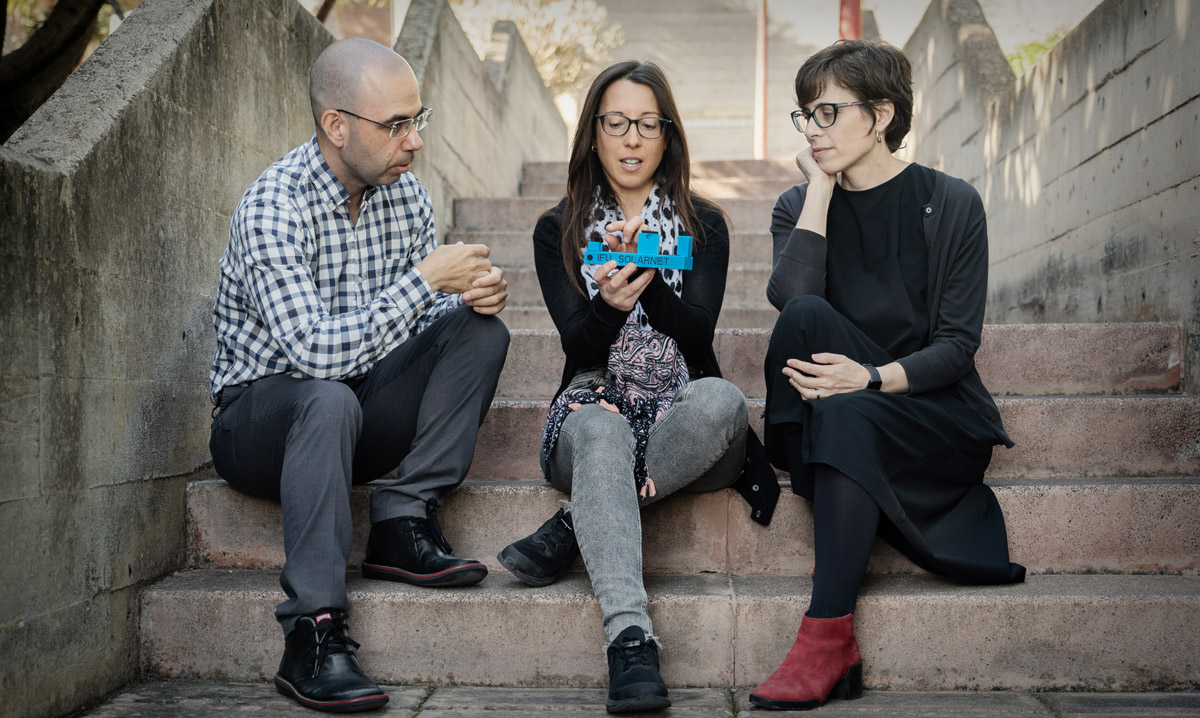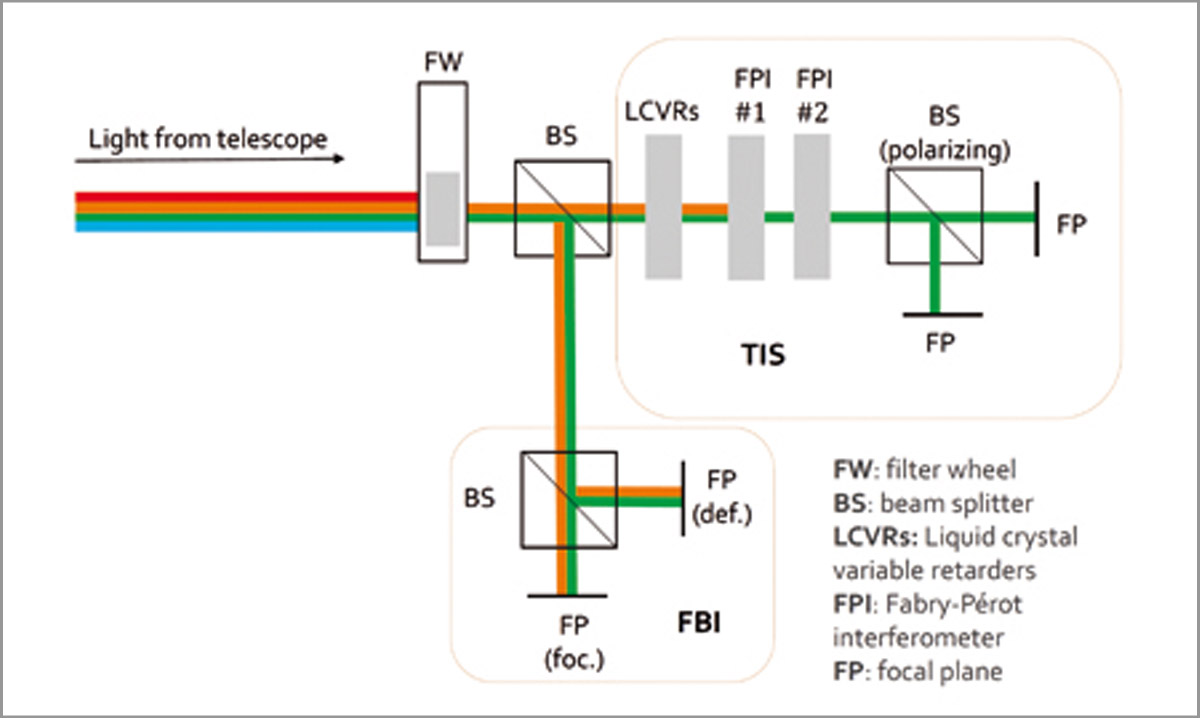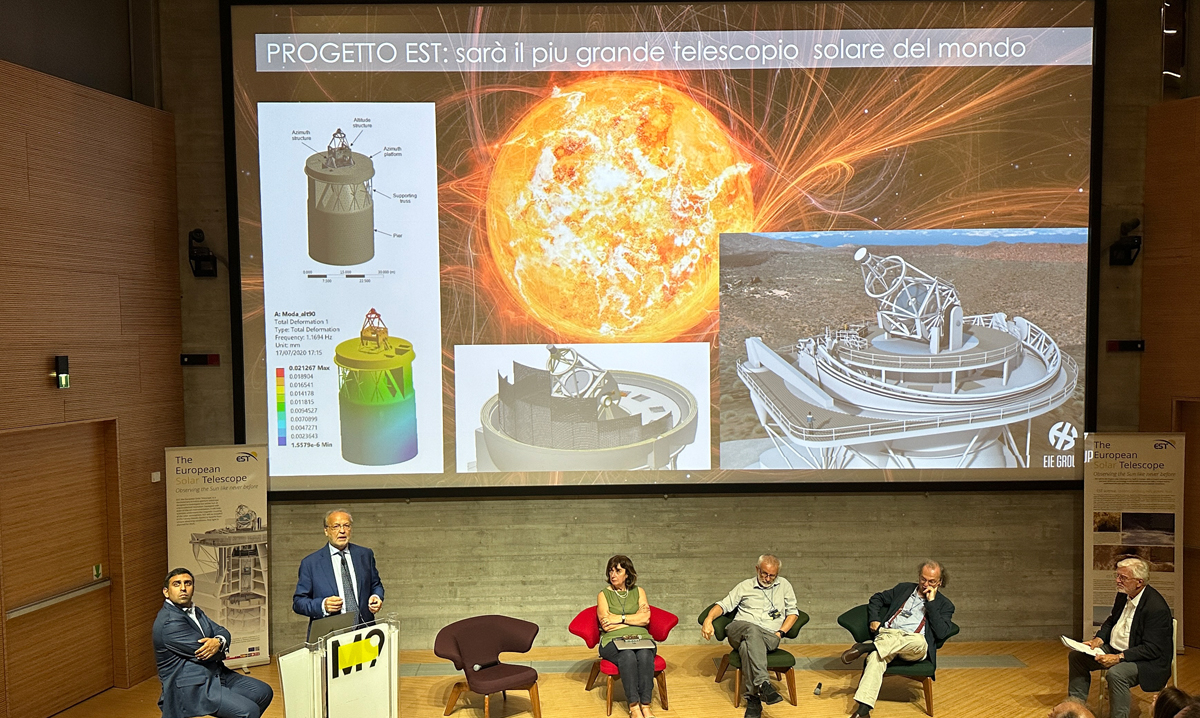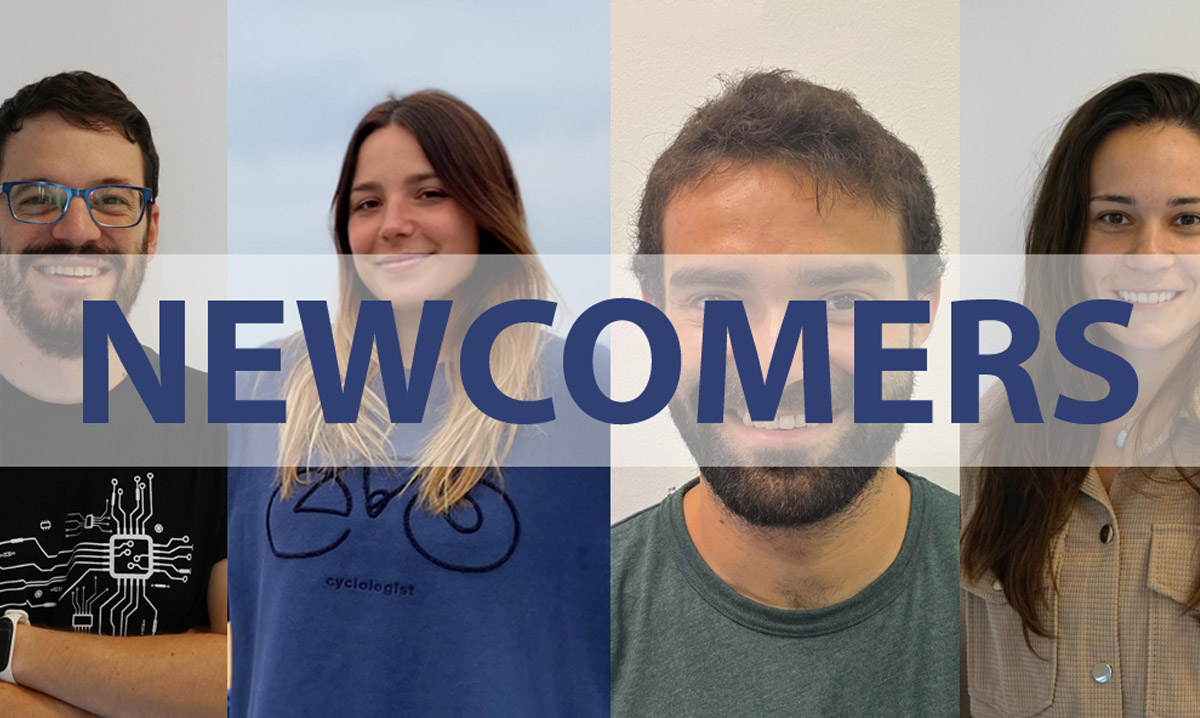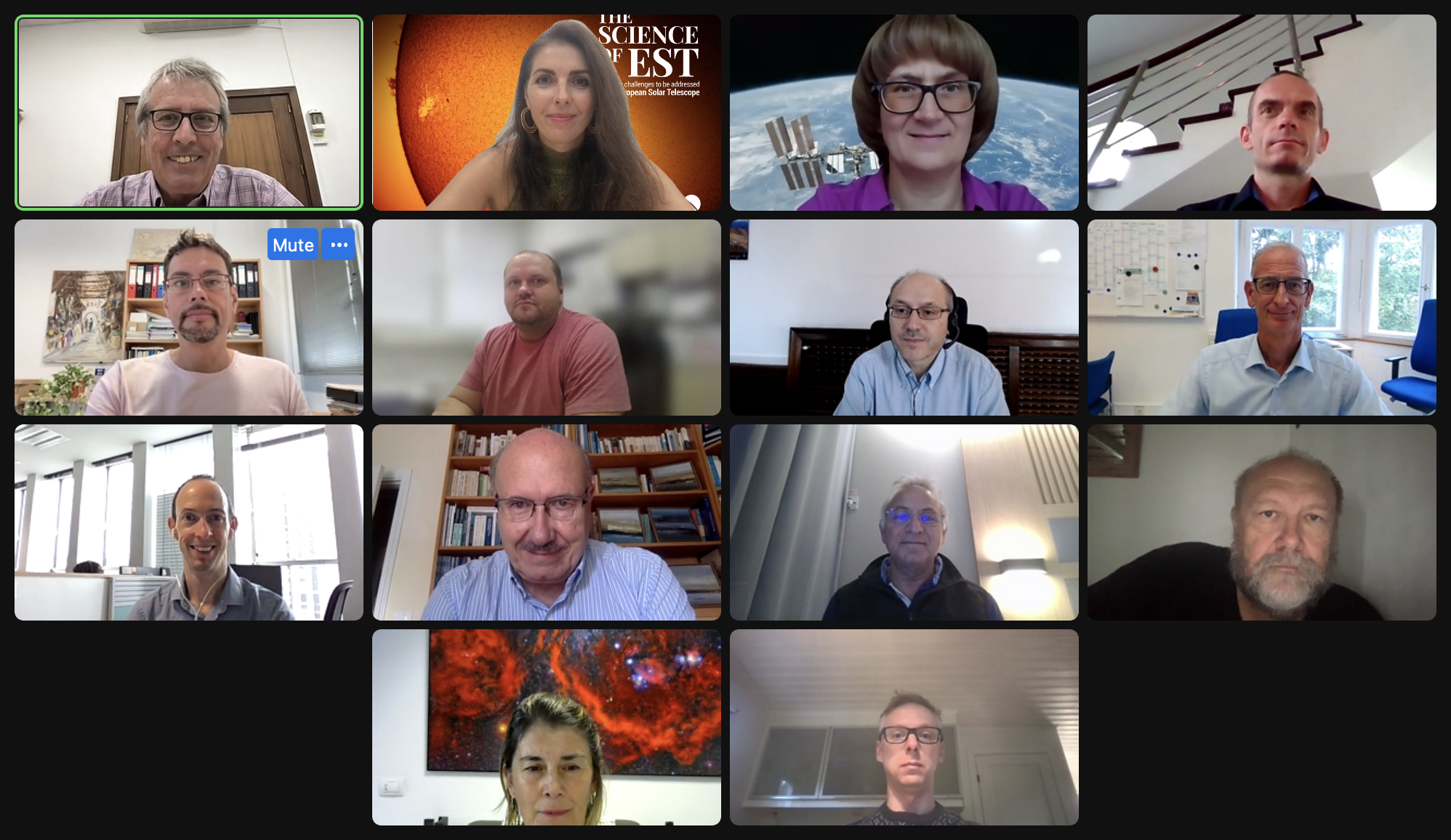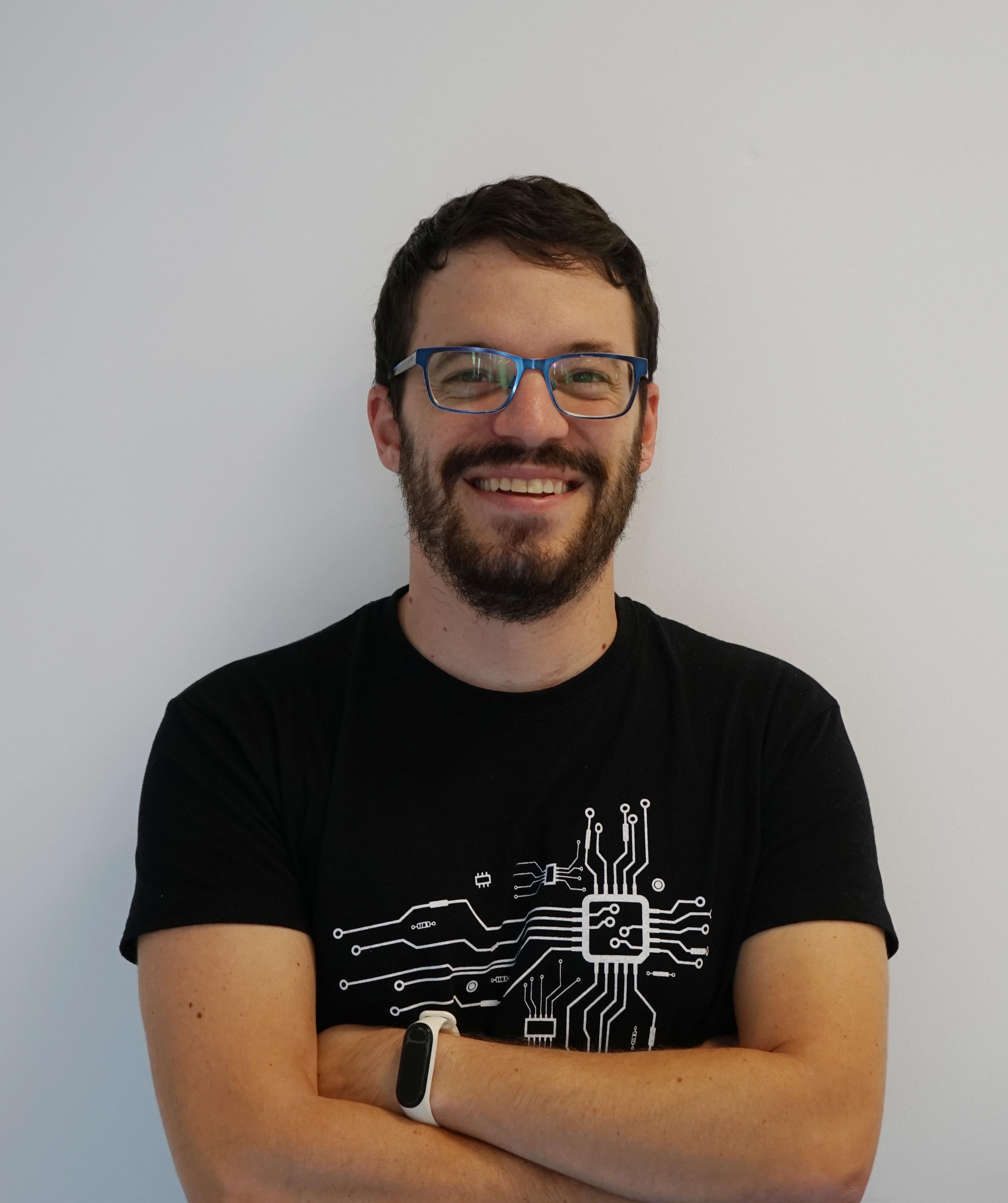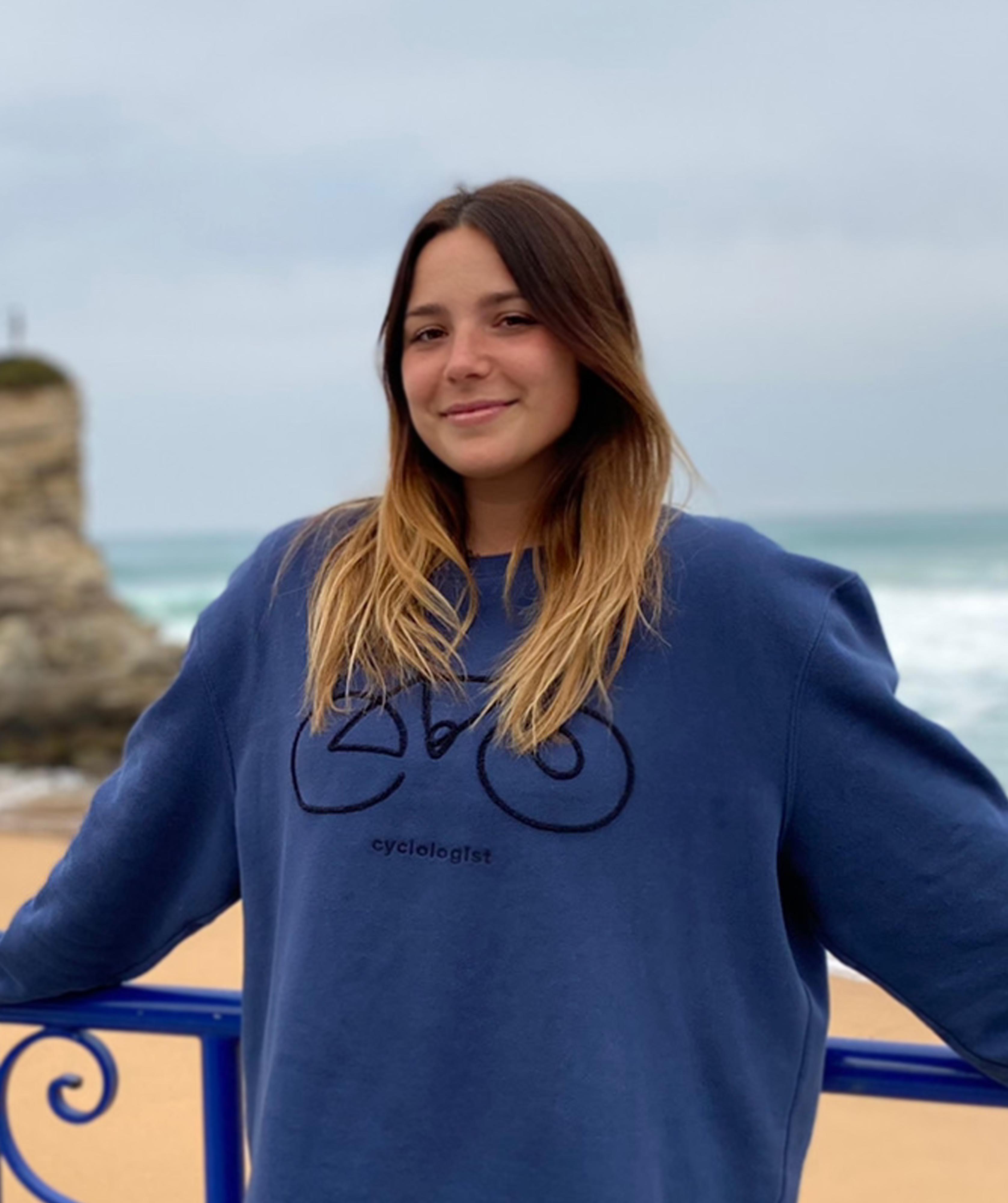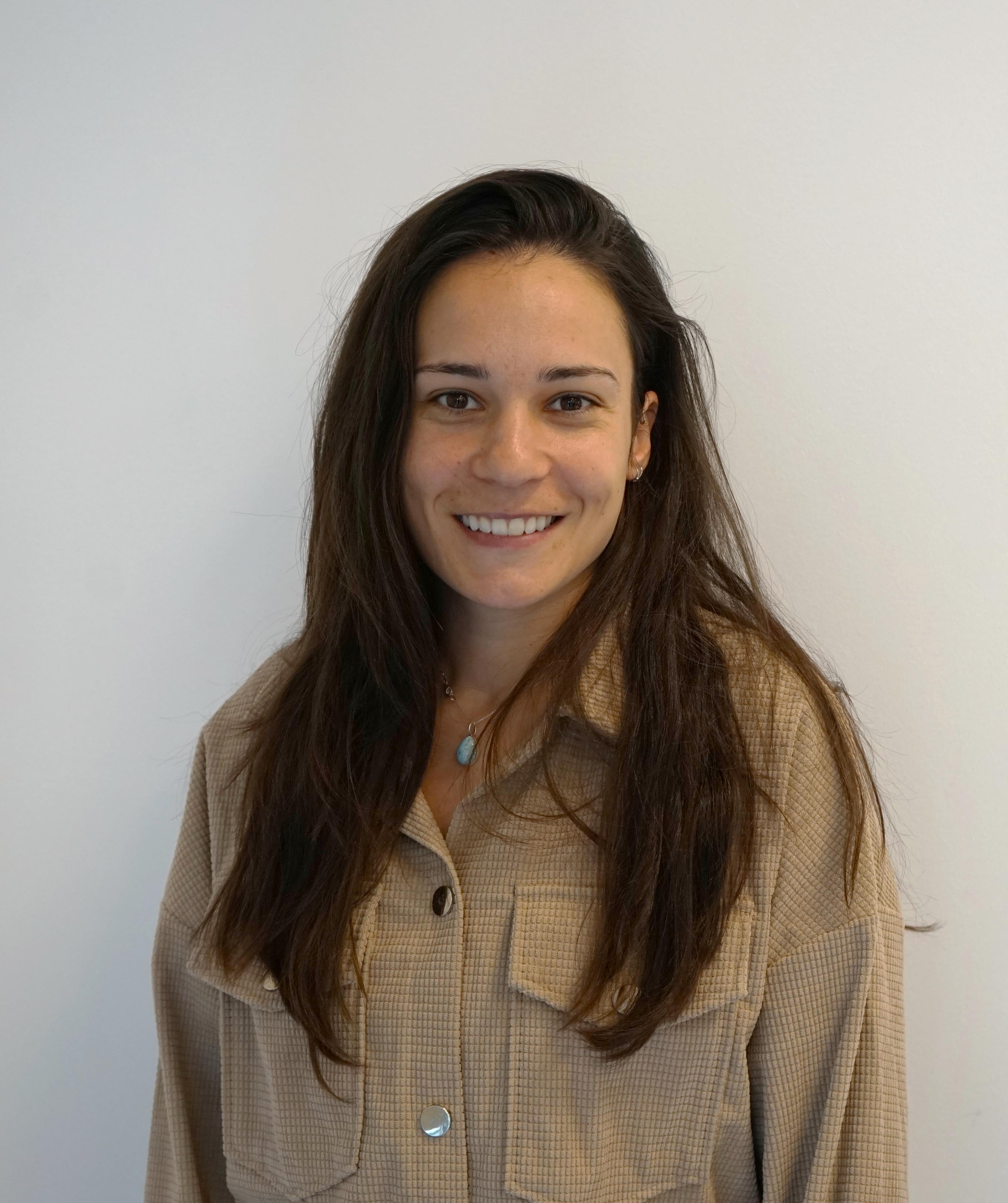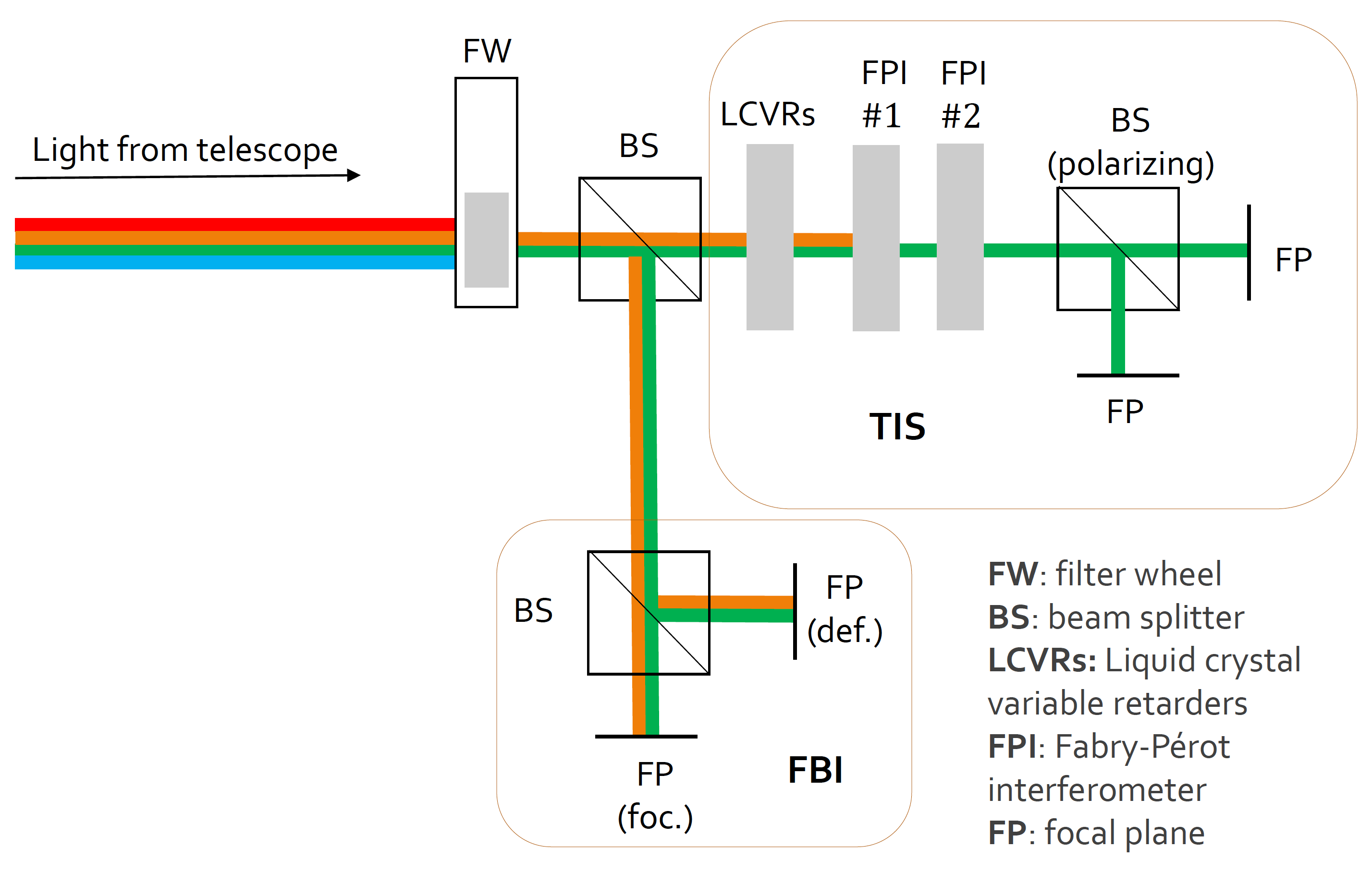The EST consortium members have participated in several outreach activities during the last months, reflecting efforts to raise awareness of the EST project at local and regional level.
 Public event 'Un sole, Nessun Sole, Centomila Soli' in Venice (Italy). Credit: Luis Bellot/ IAA-CSIC.
Public event 'Un sole, Nessun Sole, Centomila Soli' in Venice (Italy). Credit: Luis Bellot/ IAA-CSIC.
The Association of Spanish Researchers in Norway organised the event ‘Tapas of Science’ on May 8, where Ada Ortiz (Expert Analytics AS), delivered an informal talk about the Sun and EST, titled "A tour of the Sun, so close, so mysterious." Ada was also interviewed on the radio program "Gente despierta" by the Spanish public radio broadcasting company RNE. During the interview, she explained various details about the EST project and solar research to the audience.
On June 23 and 24, the Slovak Academy of Sciences celebrated its 70th anniversary with a weekend full of outreach activities designed for science enthusiasts. At the stand reserved for the Astronomical Institute of the Slovak Academy of Sciences in the square in front of Eurovea (Bratislava), EST material was showcased, including a model produced with a 3D printer.
During the public event “Un sole, nessun Sole, centomila Soli” held on September 12 at the '900 Museum in Mestre, Italy, the EST documentary "Reaching for the Sun" was screened in English with Italian subtitles as part of the international conference "Sun in Science and Society". This event was organised by the EIE Group and the SOLARNET project.
In addition to the documentary screening, the audience engaged in discussions focused on the science and technology of EST.
EST also had a presence at the opening of the interactive exhibition "Sole" which took place on September 16. It is the result of the collaboration between the Istituto ricerche solari Aldo and Cele Daccò (IRSOL) and scientific mediators from L'ideatorio of the Università della Svizzera italiana (USI).
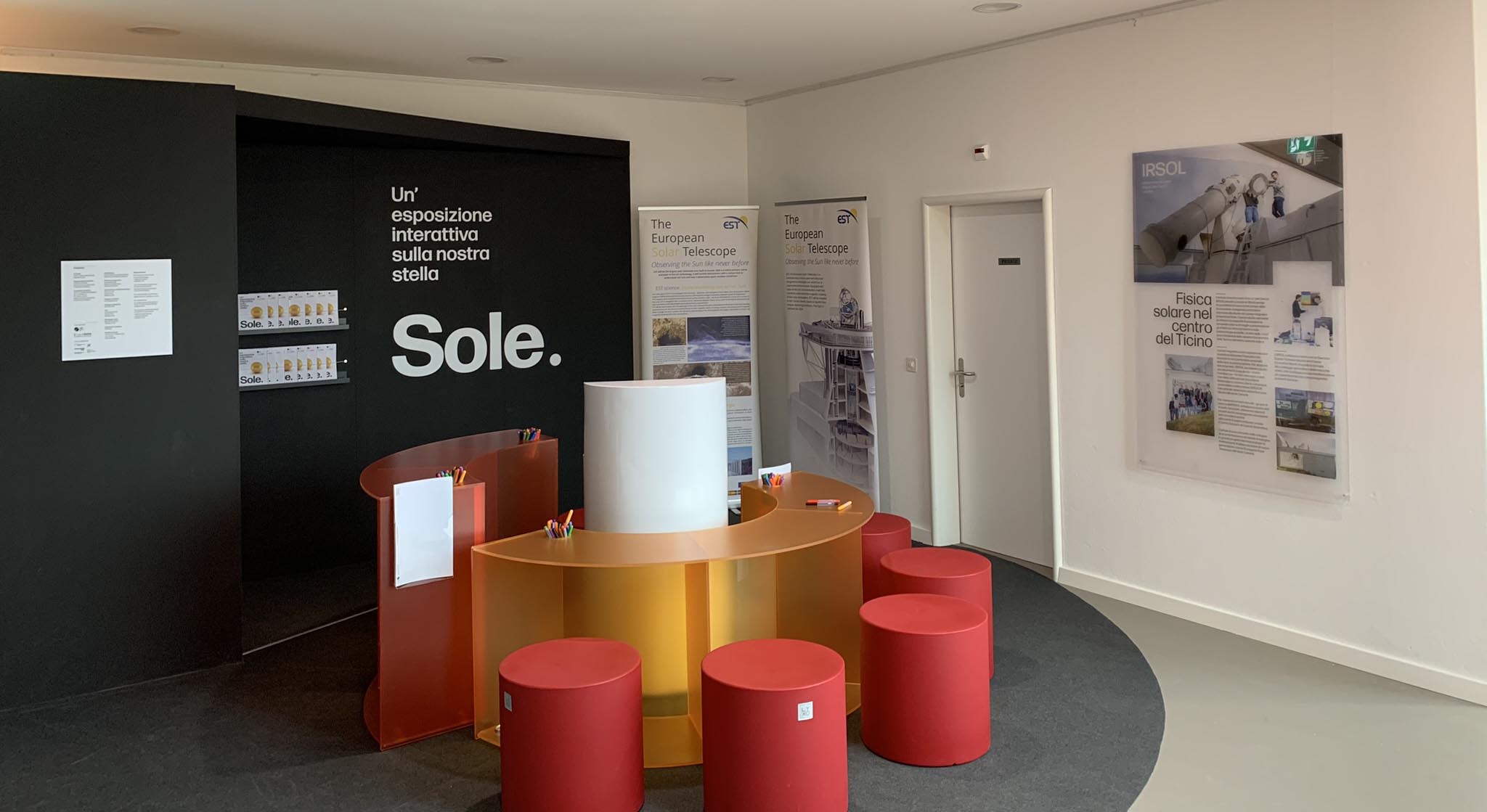 Interactive exhibition 'Sole' in Lugano, Switzerland. Credit: Renzo Ramelli / IRSOL.
Interactive exhibition 'Sole' in Lugano, Switzerland. Credit: Renzo Ramelli / IRSOL.
The EST project was a partner of the exhibition and contributed to the proposal submitted to the Swiss National Science Foundation. Promotional material from EST was displayed at the entrance. In the same way, during the European Researchers' Night 2023 held on 29 September, brochures and posters featuring information about the EST project were distributed to visitors and interested people at the stand of the Instituto de Astrofísica de Andalucía (IAA-CSIC) set up in Granada.
The most recent event took place in Granada, Spain, from October 25 to 27 It was the IX Spanish Congress on Social Communication of Science, where over 400 communicators from different parts of Spain and South America gathered to discuss current challenges in social science and share best practices. During the event, Luis Bellot (IAA-CSIC), presented the organisation and execution of the school competition "The Sun at a Glance", which was conducted in the framework of the PRE-EST project.
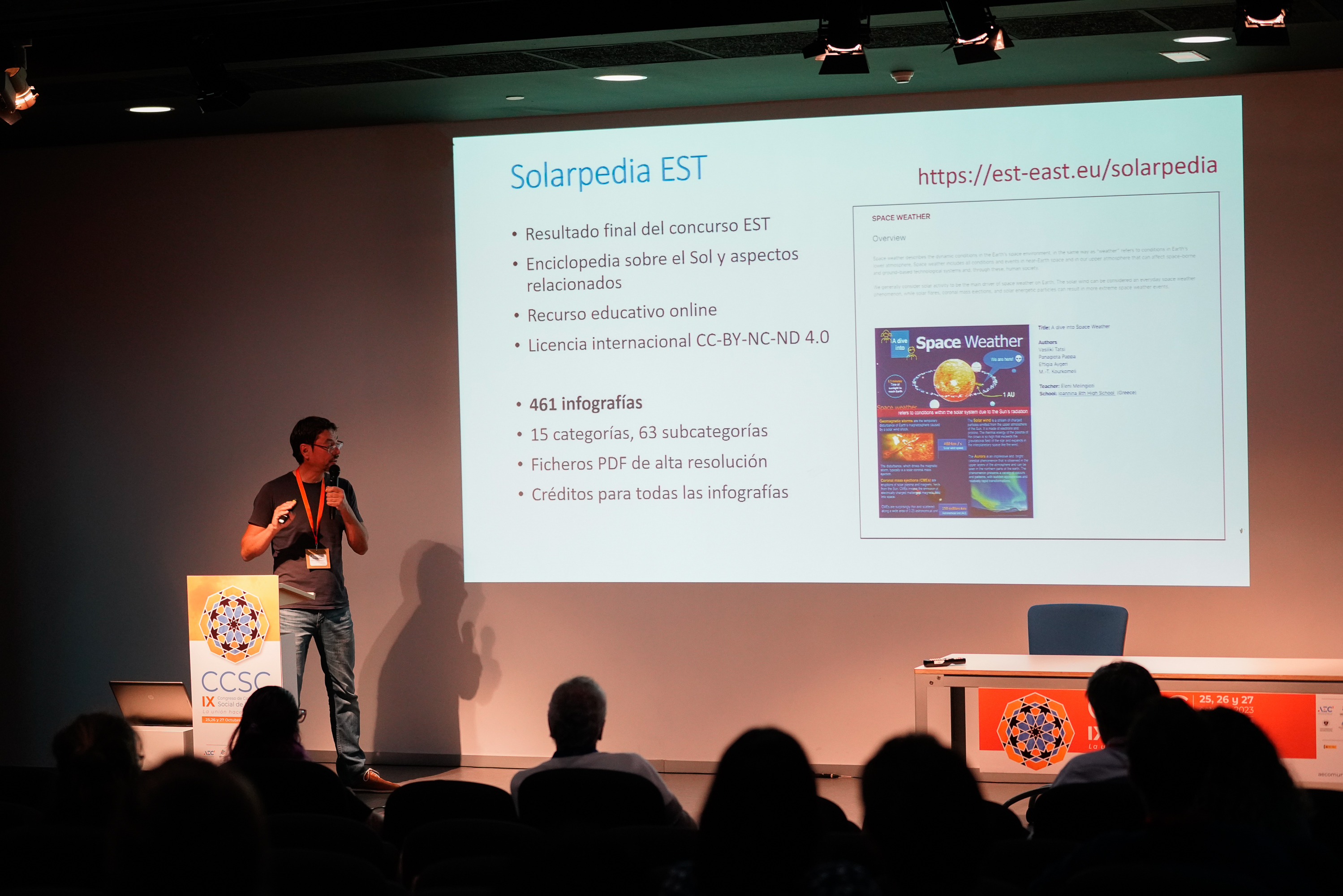 IX Spanish Congress on Social Communication of Science (Granada, Spain). Credit: Ana Tamayo.
IX Spanish Congress on Social Communication of Science (Granada, Spain). Credit: Ana Tamayo.
EST in the media
With the establishment of the EST Canarian Foundation on July 25, a common pan-European communication strategy was devised. Each of the partner institutions translated the EST press release into their respective languages and sent it to local, regional and national media.
This news raised significant interest among the media, resulting in over 70 articles published in online newspapers and specialised magazines. It received 7 mentions on radio and television. Approximately 10 online newspapers from other countries such as India, Portugal and Australia also covered the news. Links to the press releases published by each institution in their respective languages can be found on the news section of the EST website.
The announcement also garnered considerable attention and visibility on social media. Posts related to the establishment of the foundation reached over 10000 people and surpassed 700 interactions on the official EST social media accounts. In addition, the partners and the press published a total of 35 and 20 posts respectively on X, Facebook, Instagram and LinkedIn, covering the establishment of the EST foundation.
On September 16, during the press conference held on the occasion of the 80th anniversary of the first observation made at the Skalnaté Pleso Observatory, the State Secretary of the Ministry of Education of Slovakia provided strong support to EST, stating that "The European Solar Telescope is therefore one of the very important steps to preserve independence in the security of Europe and Slovakia, especially in connection with the current geopolitical situation."
A week later, Peter Gömöry, vicepresident of the EST-CF Board of Trustees, presented the Astronomical Institute of the Slovak Academy of Sciences on the Slovak public TV broadcasting corporation RTVS and took the opportunity to discuss EST.
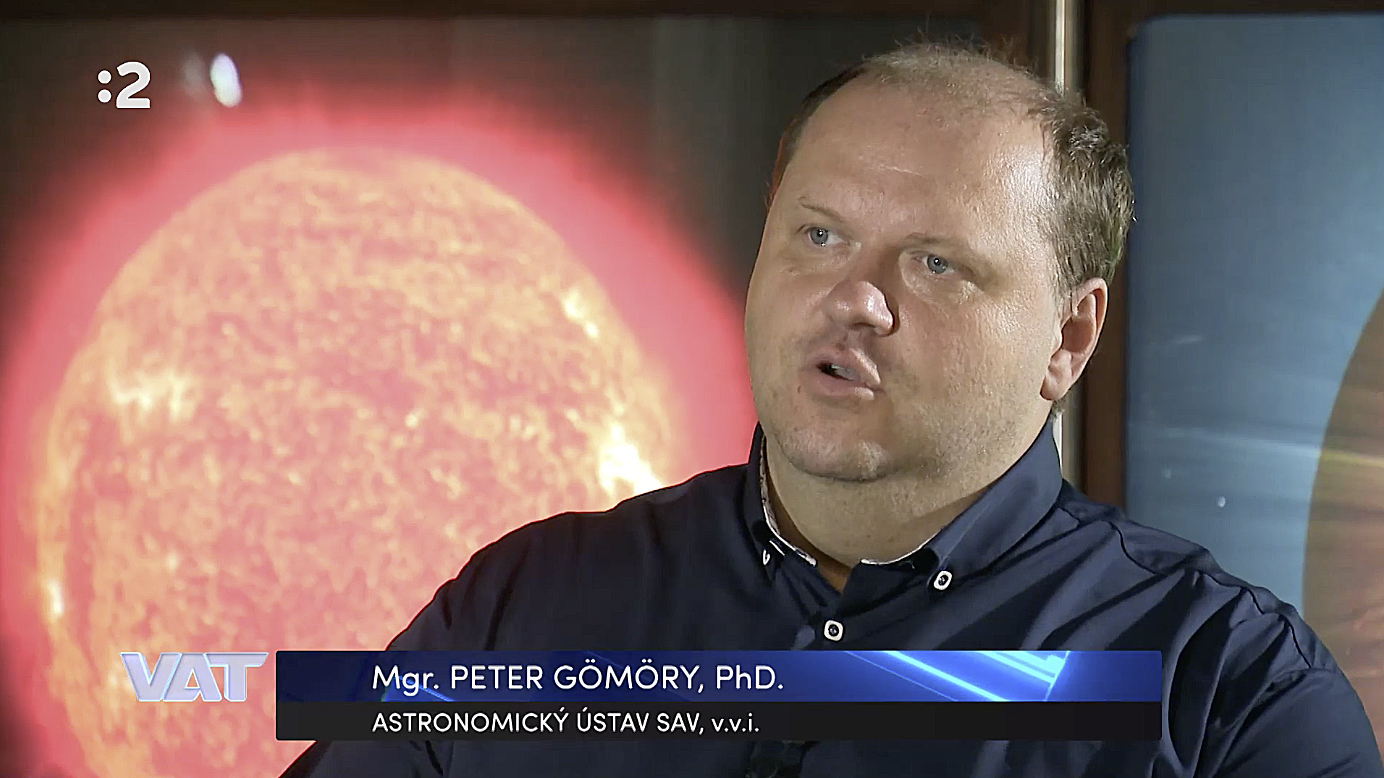 Interview with Peter Gömöry on the Slovak public broadcasting channel RTVS.
Interview with Peter Gömöry on the Slovak public broadcasting channel RTVS.
EST website update
In the last six months, work has been carried out to update the EST website.
Firstly, a new section on the EST Canarian Foundation has been set up. It contains information on the goals of the foundation and its governing structure, with brief resumees of the Board of Trustees members. News related to the EST foundation are compiled in that section as well.
On the technical side, the descriptions of some EST systems and subsystems have been updated to reflect the current preliminary design status. This includes the EST image gallery, where new 3D renders, high-resolution images, and animations have been integrated and old images from the 2011 conceptual design have been archived. For instance, both the long and short versions of the video developed by IDOM, showing the structure, pier and enclosure of the future telescope, are now available.
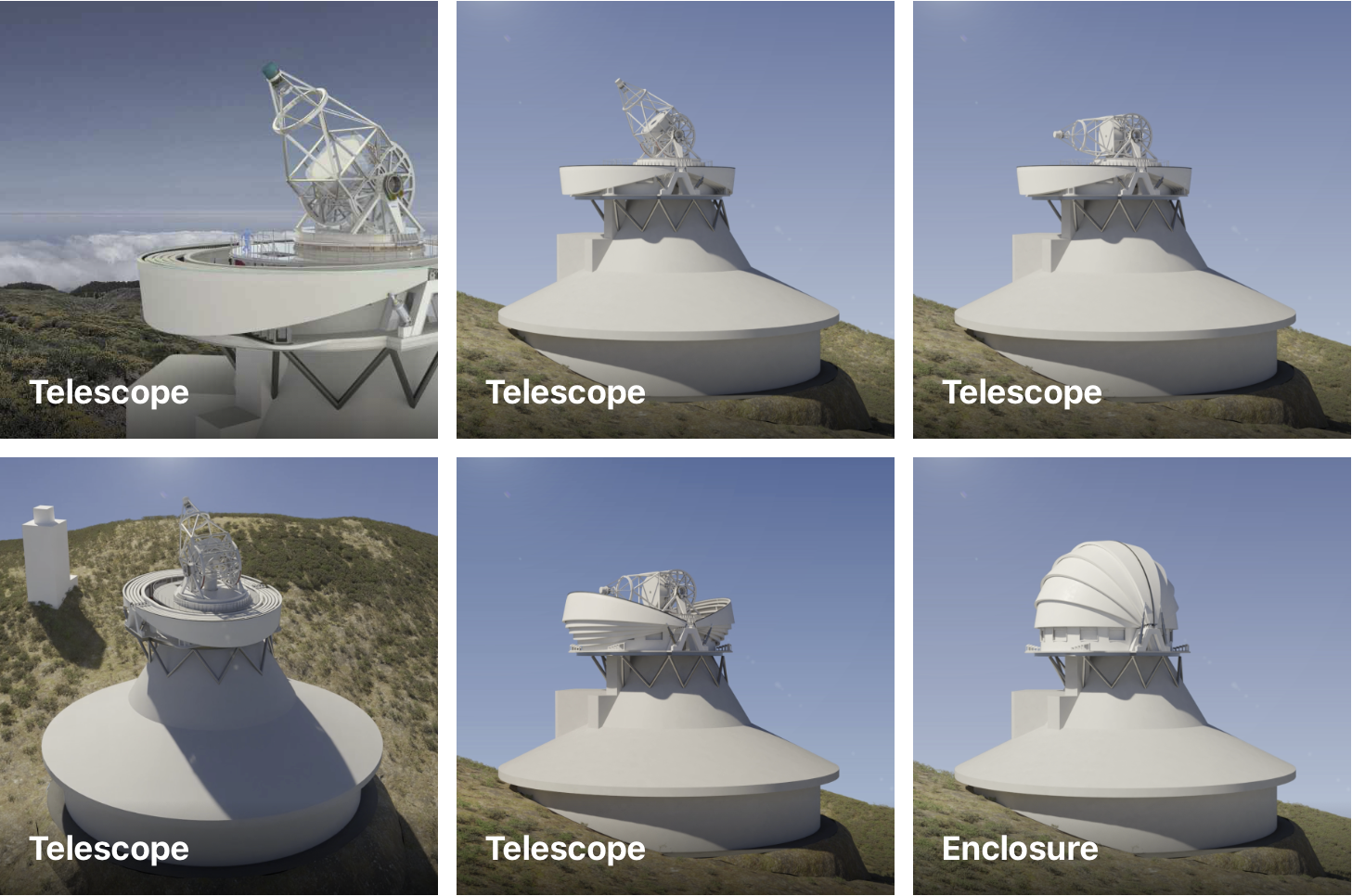 Pictures from the updated EST image gallery website.
Pictures from the updated EST image gallery website.
Furthermore, a new website section has been created specifically for the mini-series 'Here Comes the Sun', the audiovisual project developed by the University of Rome Tor Vergata. Among the resources available on the website are behind-the-scenes photographs taken during the filming process, the series trailer, and its five episodes, each accompanied by downloadable English and Italian subtitles.
Finally, additional materials and resources have been added to the EST documentary section on the website. These include 3D infographics produced for the documentary as well as footage captured by drones at various European observatories.
All resources available on the website are accessible and can be downloaded and utilised under a Creative Commons international license.
